North Korea said it test-fired two newly developed air defense missiles on Saturday, with leader Kim Jong Un supervising the launch, according to state media reports carried the following day. The Korean Central News Agency (KCNA) said the systems were designed to counter aerial threats and demonstrated a “fast response” against targets that include attack drones and cruise missiles. The reports did not identify the launch site, did not provide technical specifications, and described the missiles as based on “unique and special technology.” Photographs released by state outlets showed missiles in flight and Kim conferring with military officials. KCNA characterized the outcome as proof of “superior combat capability” and said Kim assigned an unspecified “important task” to the Academy of National Defense Science after observing the drills.
Timing alongside drills and summits
The launches coincided with “Ulchi Freedom Shield 25,” annual U.S.–South Korea exercises that began earlier in the week and include live-fire components. North Korean statements criticized the drills, calling them destabilizing and warning that such activities could “ignite a war.” The tests also came as diplomatic traffic intensified: South Korea’s President Lee Jae Myung was traveling to Tokyo before a scheduled summit in Washington, D.C., and U.S. President Donald Trump and President Lee were set to meet in Washington on Monday. In parallel, KCNA reported Kim’s visit to a Choe Hyon–class destroyer, where he again referenced the allied exercises and framed them as evidence of persistent hostility, while pledging to accelerate nuclear buildup. Officials in Washington and Seoul have reiterated that the allied drills are defensive in nature and are intended to demonstrate the credibility of their security commitments.
Stated purpose and what is known about the systems
State media said the two missiles were “new” and “improved,” intended to engage a range of aerial targets, but provided no details on propulsion, guidance, altitude envelopes, or integration with existing North Korean air defense networks. The official descriptions emphasized quick reaction and suitability against drones and cruise missiles—threat sets that can exploit low-altitude approaches and impose detection and tracking challenges. The reports did not disclose whether the missiles are components of a broader system (for example, paired with new radars or command posts) or whether they are incremental upgrades to legacy systems. Imagery released by North Korean outlets was limited and not independently verified; neither the type of launcher nor close-up views of the interceptors were published in state media material circulated with the announcement.
Border incident and military messaging
The test followed a separate flare-up along the Demilitarized Zone. Earlier in the week, South Korea said its forces fired warning shots after approximately 30 North Korean soldiers briefly crossed the inter-Korean boundary before returning. The United Nations Command in South Korea also reported the crossing. A North Korean military official called the episode a “premeditated and deliberate provocation” and warned it could push conditions in the southern border area toward an uncontrollable phase. In the same period, North Korean outlets paired the air defense test coverage with comments condemning the ongoing allied drills and rejecting South Korean outreach, underscoring Pyongyang’s position that it has no interest in improving relations while exercises continue.
Linkages to broader capabilities and external support
Reporting in the provided materials situates the air defense launches in a wider context of North Korean military development and external relationships. AP coverage noted concerns among South Korean and U.S. officials that North Korea could be receiving technology support from Russia, particularly for air defense and radar, amid deepening ties since Russia’s invasion of Ukraine. A separate report cited assessments that Moscow has transferred air defense equipment to Pyongyang, though specific systems were not detailed in the state media coverage of this weekend’s test. Additional analysis referenced a newly documented North Korean missile operating base and estimates of the country’s nuclear arsenal, highlighting that the air defense test is one element in a broader modernization effort that includes ballistic missiles and infrastructure. The materials also recorded ceremonies in Pyongyang honoring North Korean personnel who fought alongside Russian forces, a data point often cited by analysts examining the scope of Russia–North Korea exchanges. Whether any Russian technology was involved in the new air defense missiles tested Saturday is not indicated in the test reports and remains unconfirmed in the provided sources.
Regional reactions and what to watch
The sequence—DMZ incident, drills, and air defense launches—prompted statements and coverage across the region but did not, in the provided reports, elicit an immediate change in allied operating posture beyond continued exercises and routine public messaging. South Korean and U.S. officials underscored that the exercises would proceed on schedule, and that security coordination remains “ironclad.” North Korean media, for its part, framed the tests as necessary in the face of what it called hostile activity. From a capabilities perspective, the useful markers to monitor will be whether North Korea conducts follow-on trials that include radar tracking data, engagement ranges, or integration demonstrations with command-and-control networks; whether the systems are fielded with mobile batteries or fixed sites; and whether additional imagery clarifies seeker type, propulsion stage count, or launcher configuration. Because state media did not release those details, subsequent disclosures—if any—will shape outside assessments of whether the missiles represent a step-change in performance or an incremental upgrade.
Diplomatic calendar and near-term indicators
The tests’ proximity to leader-level engagements was a consistent note in the coverage. With the U.S.–South Korea summit on the schedule and allied drills underway, North Korea spotlighted its air defense testing and elevated rhetoric around border incidents. In the near term, watch for: official readouts from the Washington meetings and any mention of air and missile defense cooperation; references in allied statements to counter–drone and cruise-missile defenses, which align with North Korea’s stated test objectives; and any new North Korean military inspections or visits tied to air defense units, which KCNA often publicizes when it intends to signal deployment. The timing also suggests follow-up propaganda themes are likely—either emphasizing speed of production or highlighting supposed operational integration—though no such claims appear in the initial test reports.
Bottom line
North Korea’s weekend launches, described by KCNA as tests of two new air defense missiles against drone and cruise-missile threats, add to a pattern of military activity that often aligns with allied exercises and high-level diplomacy. The official accounts stress “fast response” and “superior combat capability” but omit technical specifics and a launch location, making independent evaluation of performance impossible from the initial material alone. The events unfolded amid DMZ friction and harsh rhetoric, and as regional leaders moved into a week of meetings and drills that Pyongyang opposes. What matters next are verifiable signs of maturation—additional tests with more data, visible fielding, or integration details—that indicate whether these systems materially change North Korea’s air defense posture or primarily serve as signaling during a tense period on the peninsula.



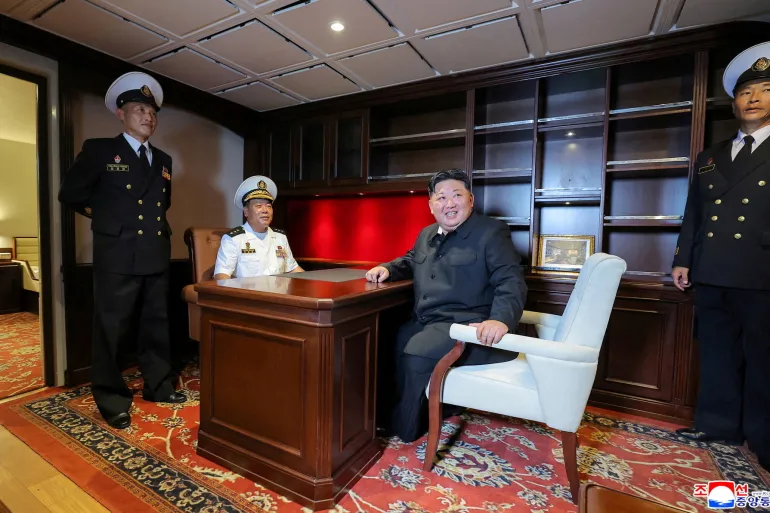
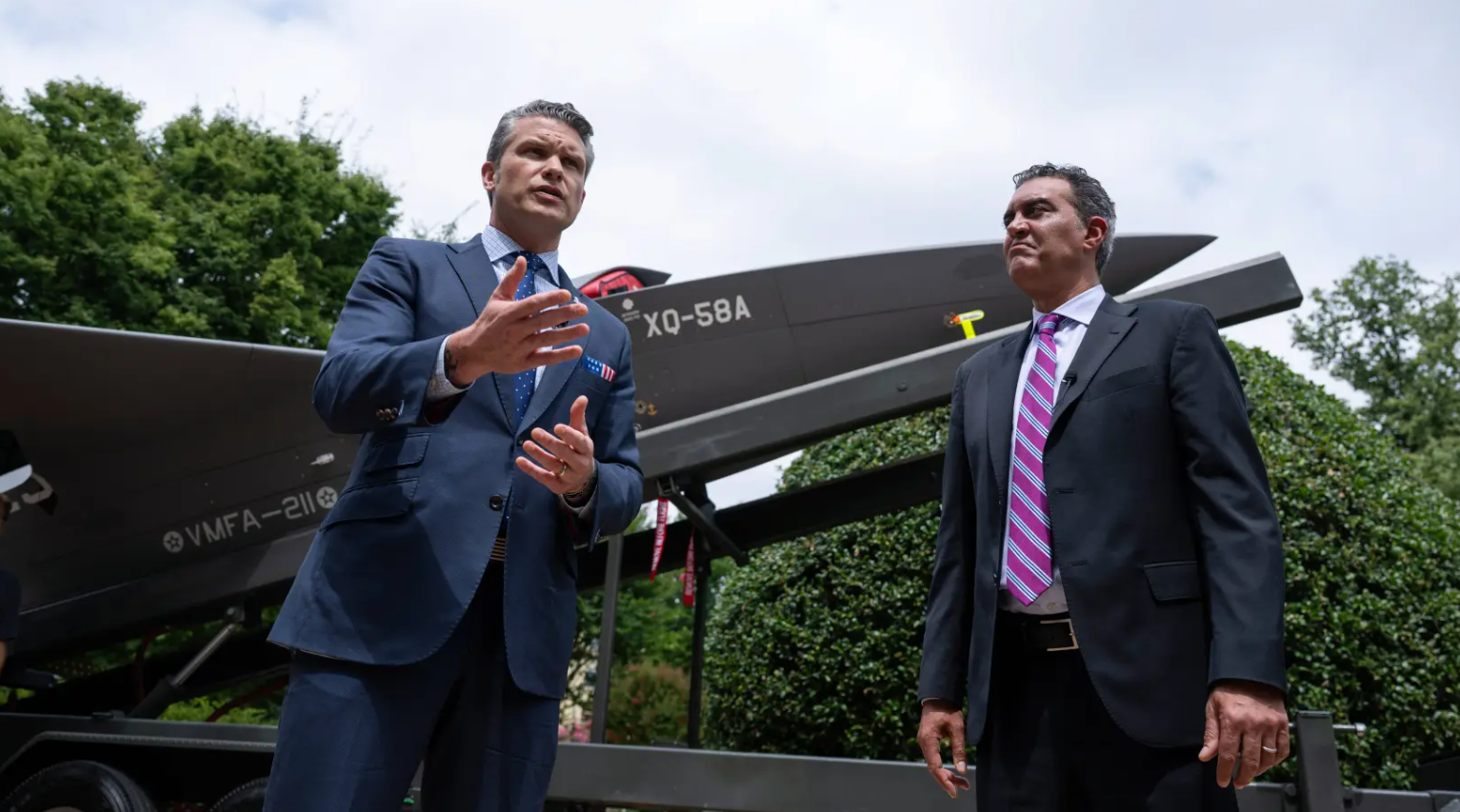


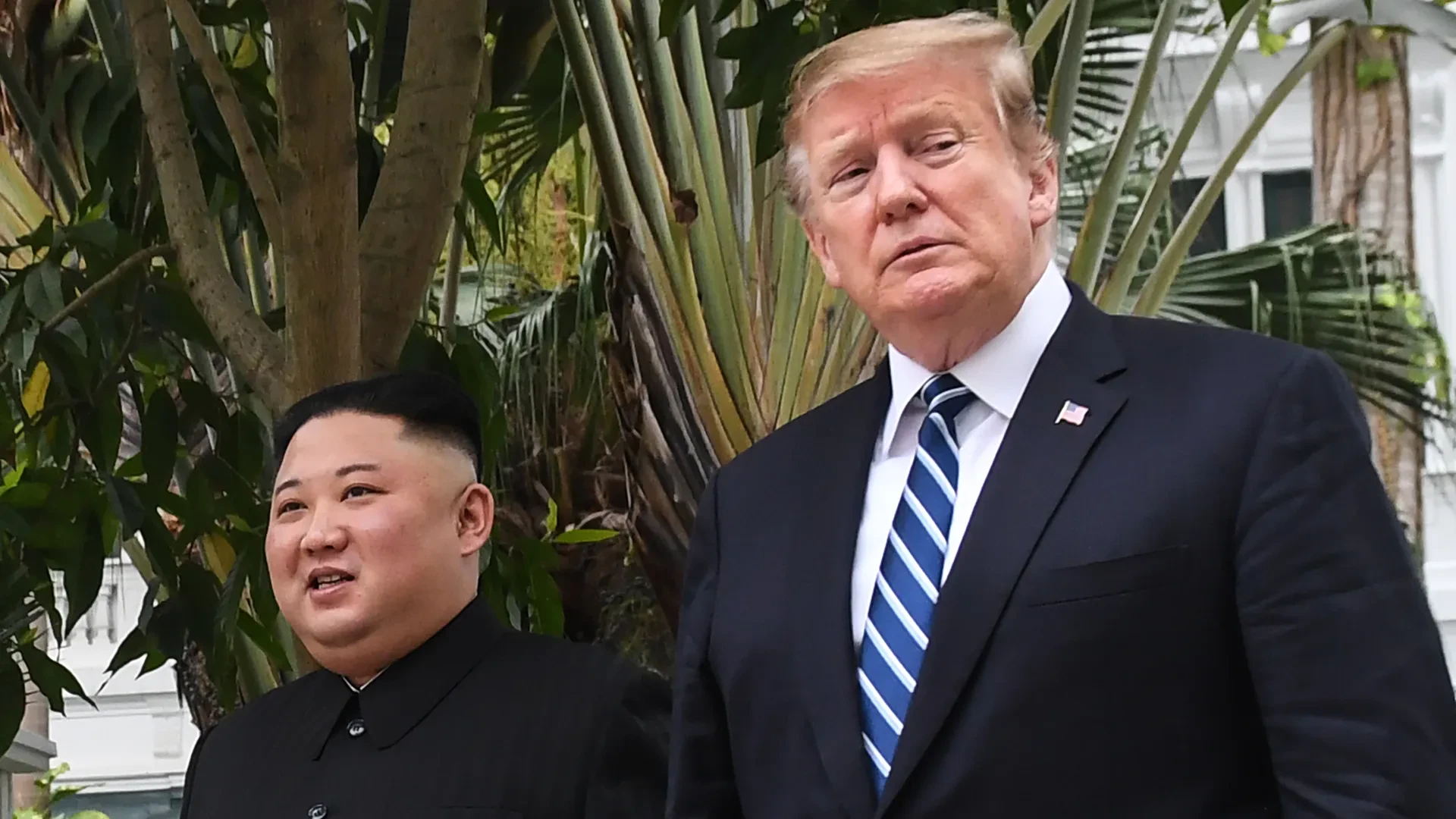
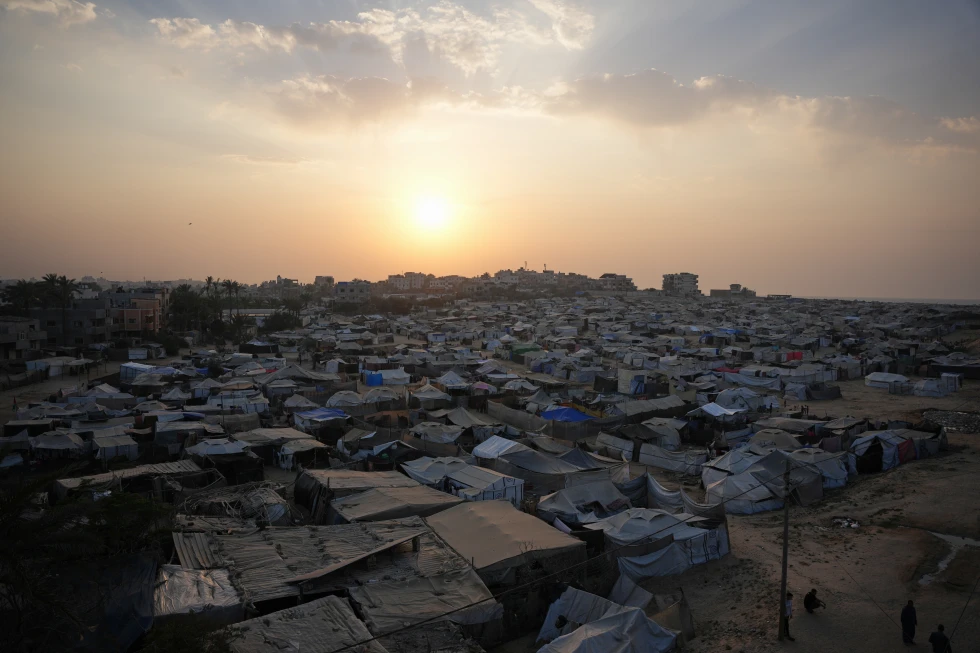

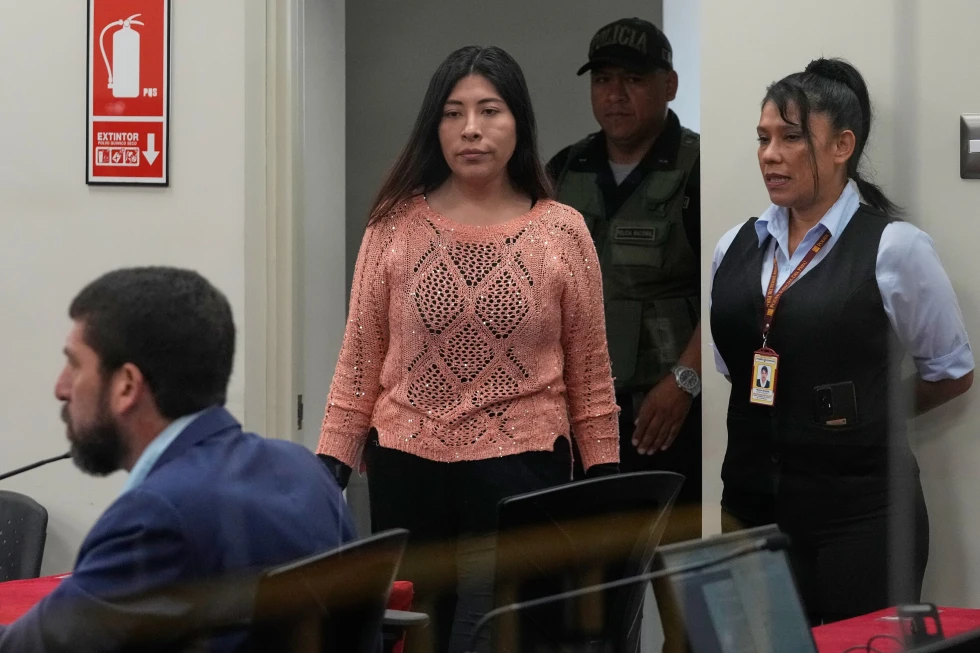
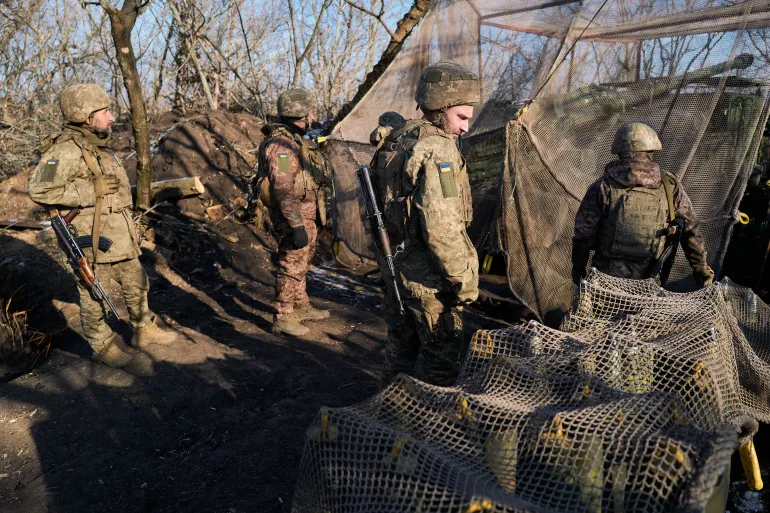

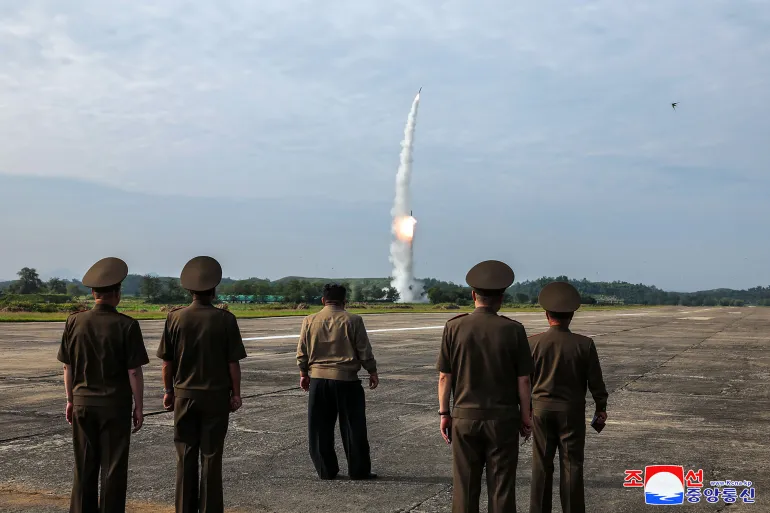

Discussion